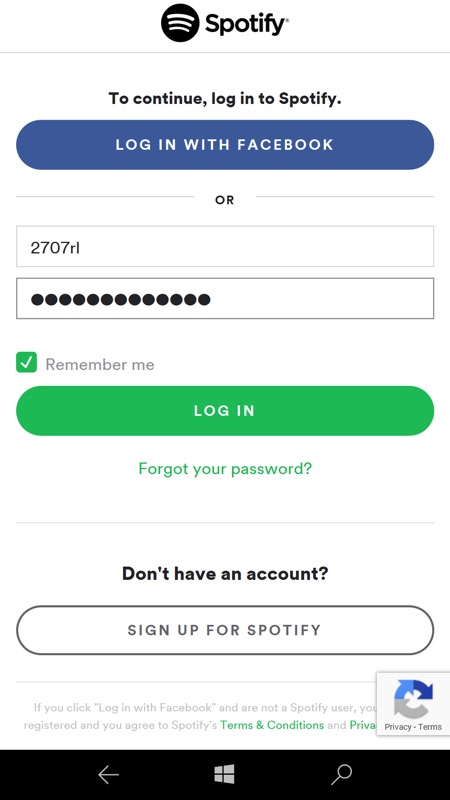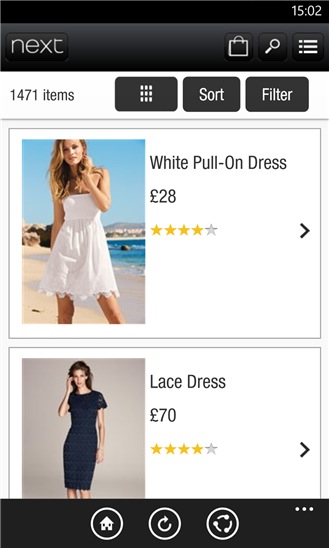

Because web-based apps are platform agnostic, they do not have access to the device’s hardware features. Going with the native app approach gives you access to that platform’s hardware features allowing interesting functionalities such as taking photos, accessing GPS information, making phone calls, leveraging near field communication (NFC), etc. While new technologies and features (such as those in HTML5) will allow for this to also be done in a web-based environment, native apps are still ahead of web-based ones on this front. Native apps can run asynchronously, meaning dynamic information can be stored locally on the phone temporarily and synced with the central web-based server later. While dynamic content may still need to be accessed from the web, it’s an improvement over the web-based model in which everything needs to be downloaded each time.
WEB APP WRAPPER CODE
Because the code that runs the app is stored locally on the phone, there is no time spent waiting for static content (such as images and text) to be downloaded from the web. Native apps tend to be faster and more responsive.

Let’s explore the pros and cons of both approaches. A web-based app, on the other hand, is one that is hosted on the web and accessed from a browser on the mobile device.

Whether it is an extension of an existing digital offering (like a website) or a killer stand-alone app, there is a fundamental decision that needs to be made right away that will play a crucial role in the long-term success of the endeavor: whether it will be built as a “native” or “web-based” app.Ī native app is one that is built for a specific platform, such as iPhone or Android, using their code libraries and accessing their available hardware features (camera, GPS, etc). So you’ve decided to create a mobile application.


 0 kommentar(er)
0 kommentar(er)
